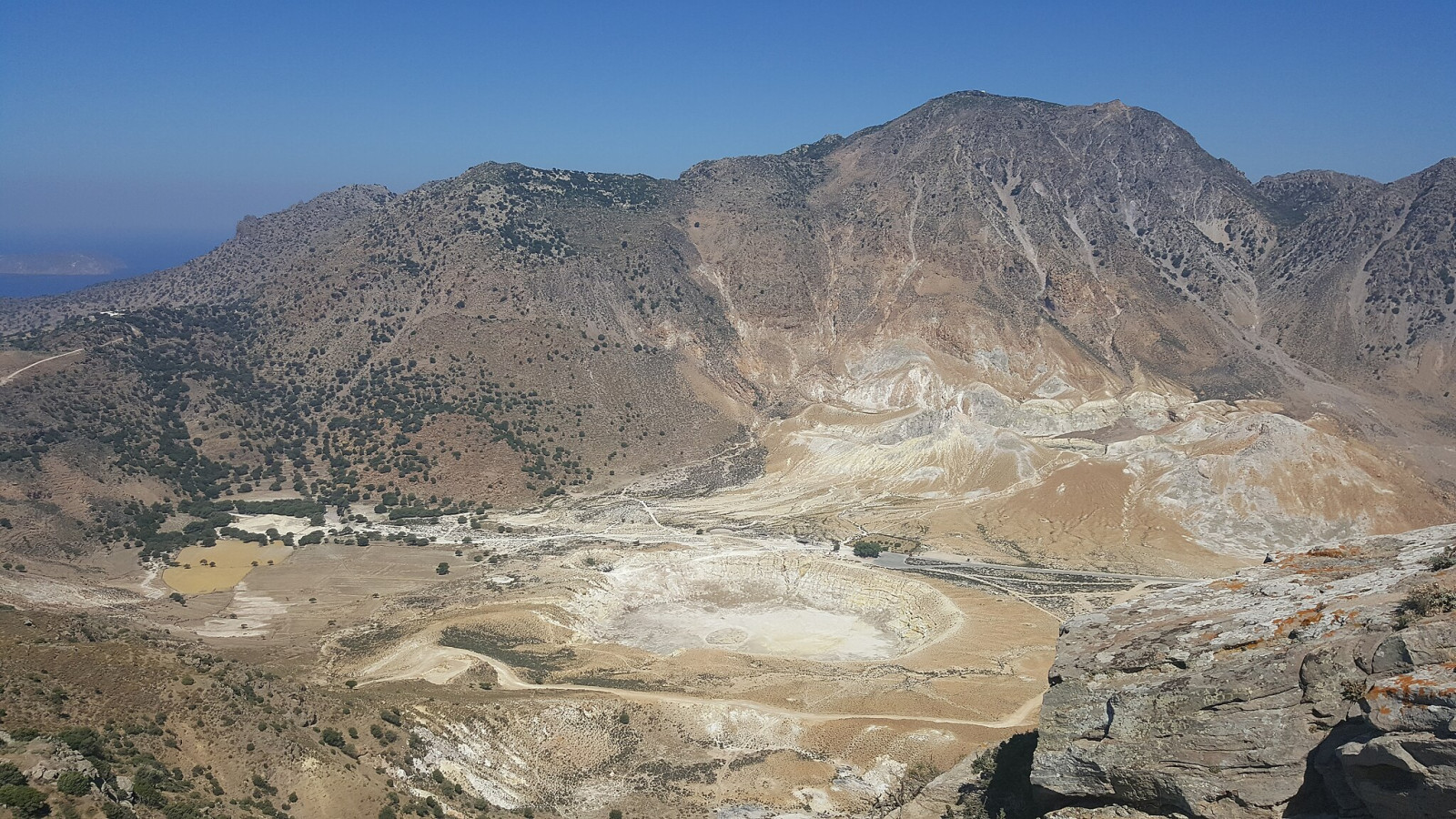Beschreibung
Nisyros is a volcanic Greek island in the Aegean Sea. Its shape is approximately round, with a diameter of about 8 km. Its coasts are generally rocky or pebbled, and there are also a few sandy beaches. The volcano is currently active but not erupting, and fumaroles are found at the craters. The rich volcanic soils of Nisyros support very varied vegetation which in turn supports many species of fauna. The large number of trees gives it the characterization as the only green active volcano in the Aegean. Among the birds you can encounter are Eleonorenfalke, Alpensegler, Chukarhuhn, Blaumerle, Steinkauz and Kolkrabe.
Above sea and along the coast you can observe birds such as Mittelmeer-Sturmtaucher, Sepiasturmtaucher, Mittelmeermöwe and Krähenscharbe. Especially during autumn migration passerines can be observed on the island. For example Waldlaubsänger, Fitis, Klappergrasmücke, Grauschnäpper and Neuntöter.
Details
Zugang
Nisyros is part of the Dodecanese group of islands and situated between the islands of Kos and Tilos. The island is reachable by ferry from Piraeus, Rhodes and Kos, and in summer, there are many daily trips from the village of Kardamena on Kos. There are many trails to explore the island and the slopes of the volcano.


